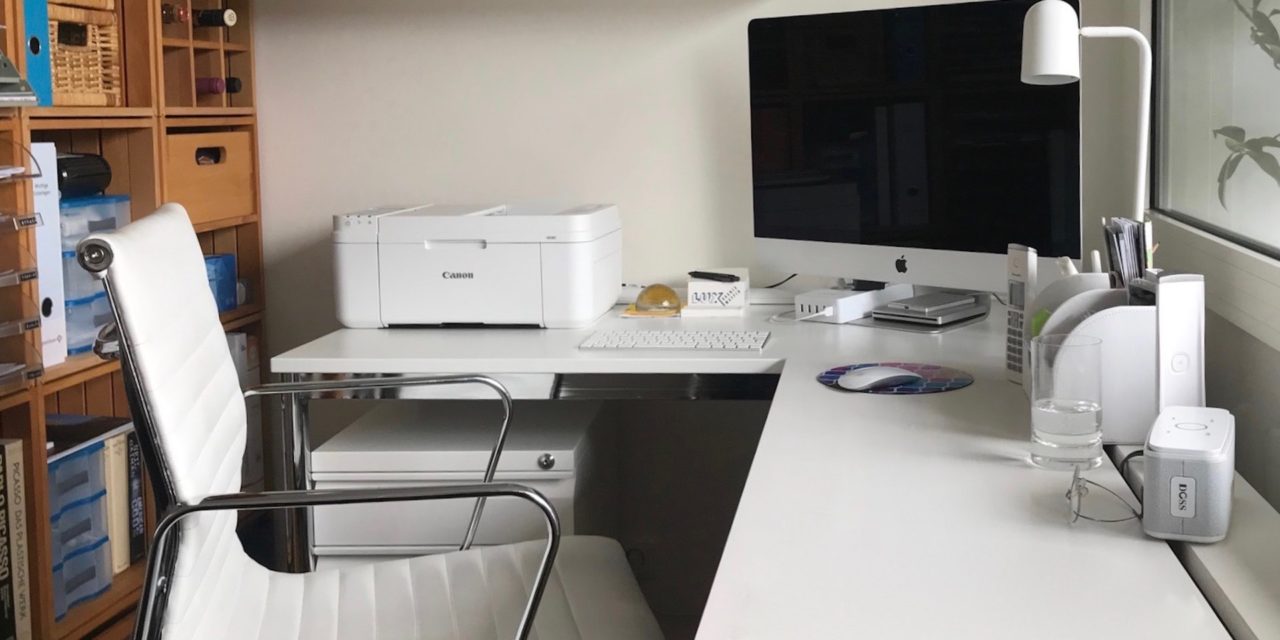What is a giclee print?
Giclee prints are digital reproductions of works of fine art that are usually printed on a canvas or on watercolour paper. Giclee printing refers to an advanced method of printing whereby these works are produced to have a much higher quality and much longer lifespan than those produced by a standard inkjet printer. The prints are created from a highly detailed digital file which is sent to a specialised printer that is much more advanced than a typical inkjet printer and is capable of handling several different types of printing materials.
What's the difference between a giclee and a standard inkjet print?
The document from which the giclee is to be printed has to have a resolution greater than 300 DPI (dots per inch). Any camera or scanner used to capture the image must also have a resolution greater than 300 DPI. The substrate the work is printed on to has to be of archival quality because archival paper lasts much longer and reproduce colours much more effectively than standard paper. Giclee prints are usually created using professional printers and pigment-based inks. These inks have a much longer lifespan than dye-based inks and are thought to last over 100 years without fading. The printers used to create giclees can produce works in a much larger format and can typically hold up to a dozen ink cartridges, allowing for highly detailed works to be produced.
Where does the term ‘giclee' come from?
The term ‘giclee' comes from the French word meaning a spray or squirt of liquid. It was first coined in 1991 by the printmaker Jack Duganne to refer to the process of creating prints of fine art using IRIS printers, a process which was invented in the late 80s. Nowadays the term ‘giclee print' can refer to other types of inkjet printing and works of art that are created digitally on a computer program, such as Illustrator or Adobe Photoshop, before being processed on to a substrate.
What's the lifespan of a giclee print?
It is currently uncertain how long a giclee will last because the technology used to create them is fairly recent. Some websites say a giclee will last over 100 years, while others offer a more modest estimation of over 35 years. Some sites do mention aging simulations carried out in laboratories to try to determine how long giclees will last, but there is no way to verify any claims. Obviously giclees will last if they are cared for well; it can also be safely assumed that they will last considerably longer than inkjet prints thanks to the quality of the printers, archival paper and inks used to create them.
Why go for giclees?
One of the main advantages of giclees is that they can be created on-demand as the process is digital. Artists can therefore create their own prints whenever they want with ease. This is a much better option for artists who might not want to mass-produce their works. Once a file is digitally archived, it won't deteriorate in quality or gradually fade like physical works do. Each giclee print can be customised, whether it's printed on to a number of different substrates or whether its size is altered. Giclee prints are very popular thanks to their high quality and the fact that they can be more advantageous to artists than standard methods of printing. Giclees are commonly seen in galleries and exhibitions all around the world.

